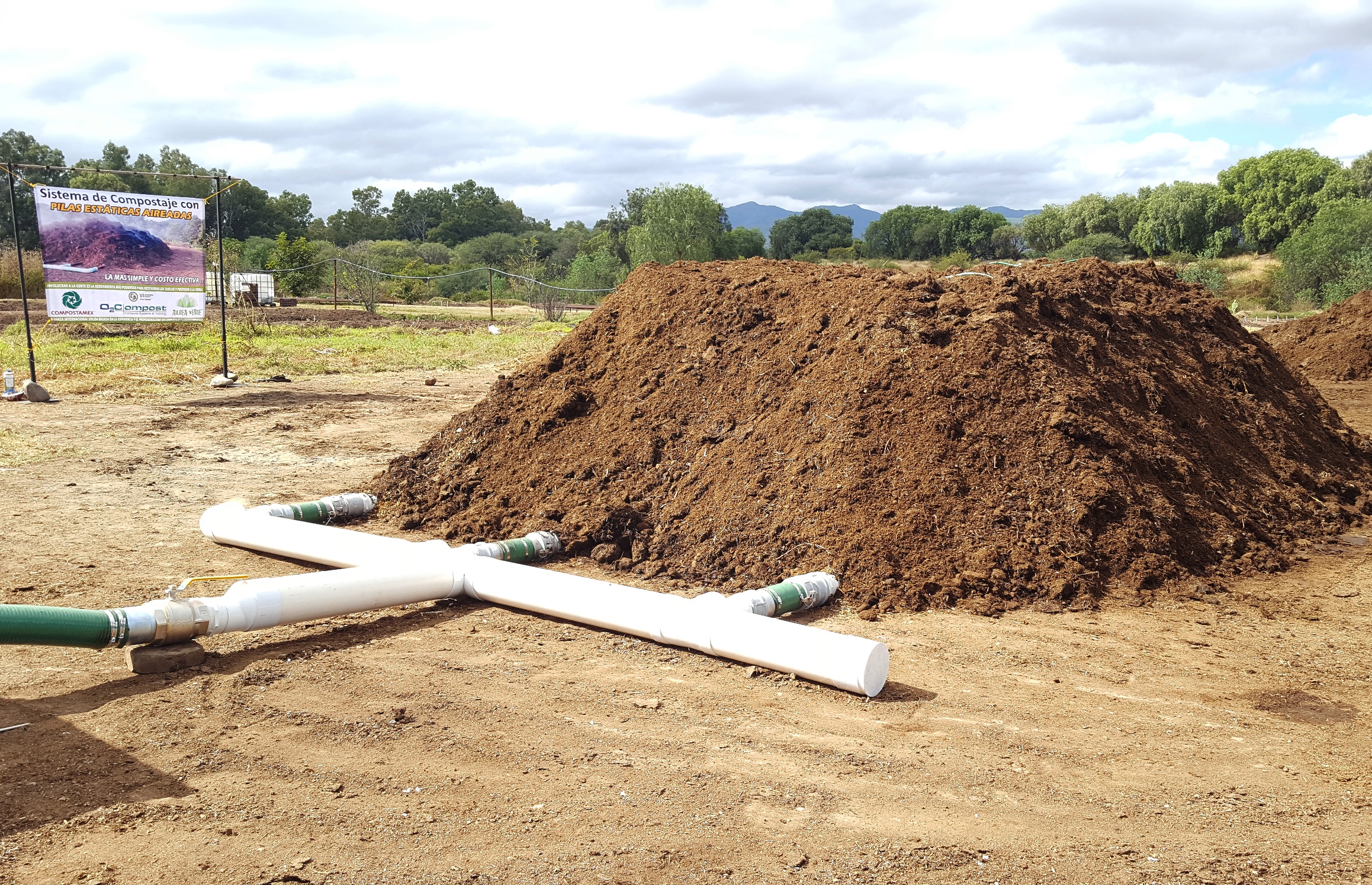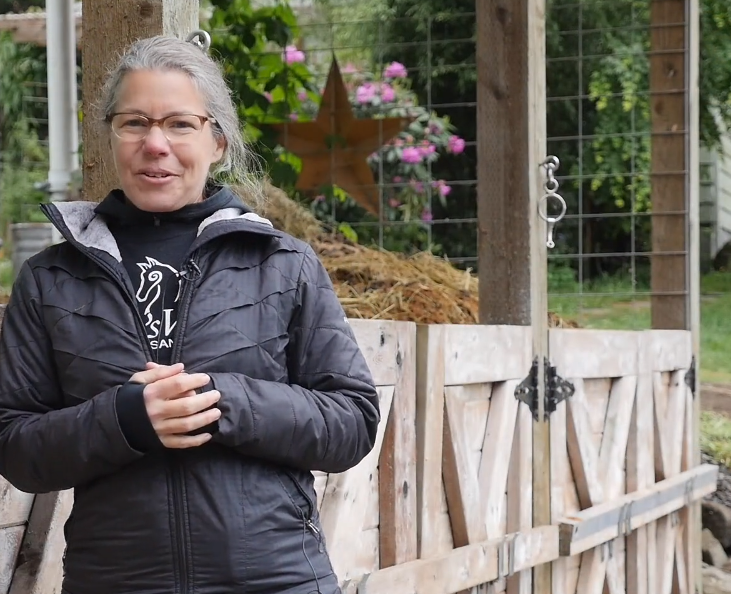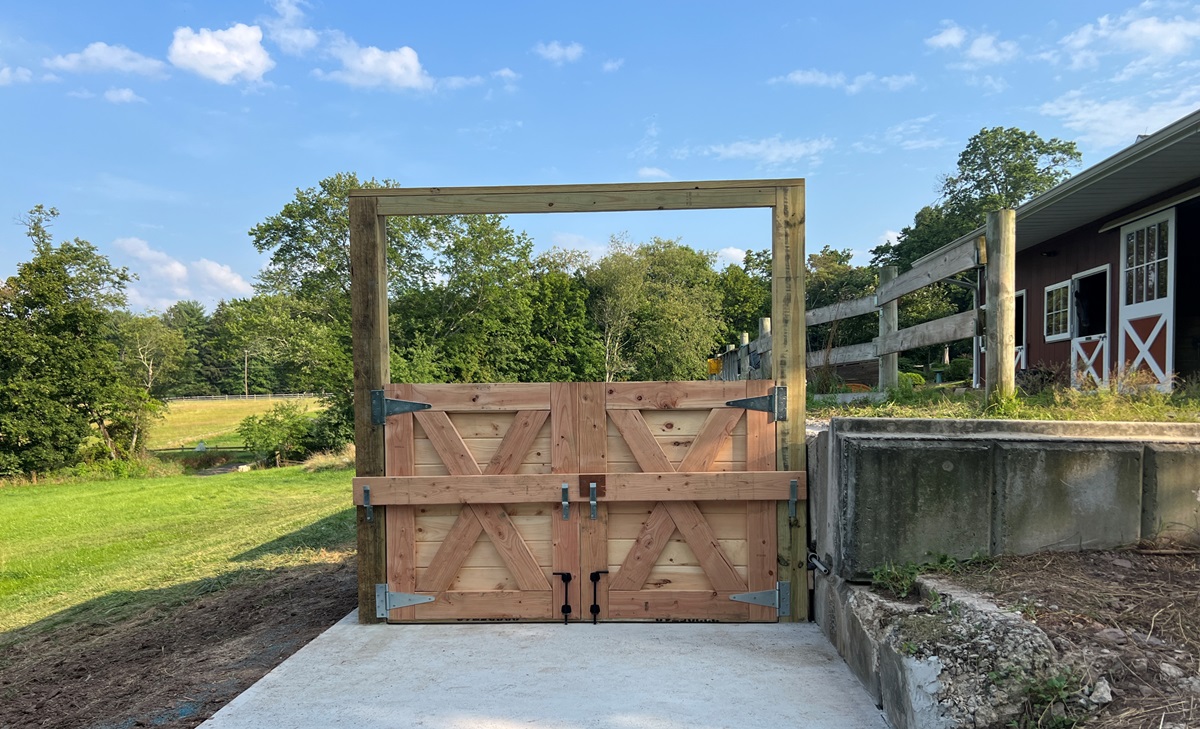| Aerated Compost Systems |
November 2023 Newsletter
The Business of Vermicomposting (#3)By Peter Moon My friend and colleague, Francisco Niembro, is a vermicomposter in Queretaro, Mexico (about two hours northwest of Mexico City). Like many others, Francisco followed a rather serendipitous path to become a vermicomposter, starting his professional career as a dentist. In 2003, his parents decided to start a side business in anticipation of their pending retirement. Their first venture was to start a hydroponic farm to grow lettuce and tomatoes, but they ran into some difficulties with a plague that contaminated their trial crops. Looking for a remedy, they tried a vermicompost extract and it quickly resolved the problem. This led them to research vermicomposting and they soon purchased some worms and conducted a pilot project starting with eight windrows on a small piece of property that they owned. Over the next 5 years, they expanded to 26 windrows. Read the full article on our Blog. Shining ExampleThis VIDEO was produced as an educational piece for Clackamas County Soil and Water Conservation District in Oregon. It features Suzi Cloutier, the Executive Director at Zeb's Equine Sanctuary who installed an O2Compost Cornerstone System in 2015. It wasn't planned, but this video (which can also be found on our website) has provided us with a valuable tool that allows you to see and hear first-hand the process and benefits of aerated composting. Could this be the solution to your manure management headaches? O2Compost Q&ALumps and Bumps "After the composting process is complete, we are finding the manure isn't as 'finished' as originally expected. It's in great condition with no smells and breaks down easily in your hand, but there are still distinct manure shapes. Do you recommend additional aging?" ANSWER: Because the manure balls are dense to begin with, they retain some of their structure even when fully composted. When you break into one of them, it should be dark through and through and perhaps contain white speckles called Actinomycetes (pronounced act-tin-oh-my-seat-ease). This is what gives the compost it's soil-like odor (dare I say, fragrance). We have done some lab testing on the chunks vs the finer fraction and discovered that the nutrients (NPK) are found in the lumps and bumps. They are the raisins in the Raisin Bran. Many people spread their horse manure compost "as-is" and then mow or harrow over the top to break up the lumps. If you want to avoid that extra step, the lumps will break down in due course. Alternatively, you can screen or shred it, but that's extra work and really unnecessary if you don't plan on selling it. You really only need to keep the manure / compost on-air for 30 days. You can then remove it from the bin and let it cure in a non-aerated pile. During the rainy season, I suggest covering the pile with a tarp to keep it from getting excessively wet. New Micro-Bin System
Owner: M. Stetson |
|
O2Compost Price-Moon Enterprises, Inc. PO Box 1026 Snohomish, WA 98291 

info@o2compost.com o2compost.com 360.568.8085 |




